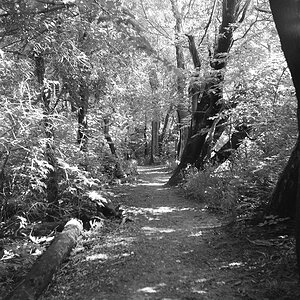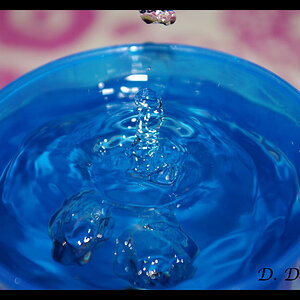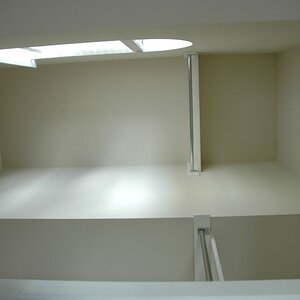rishi
TPF Noob!
- Joined
- Apr 18, 2007
- Messages
- 3
- Reaction score
- 0
- Location
- Mississauga
- Can others edit my Photos
- Photos NOT OK to edit
f-stop is defined as focal length divided by the diameter of the opening.
When you have a lens with variable focal length (zoom), does the f-stop value change when the focal length is changed? If not, what is the focal length used when numbering the f-stops on the selector?
When you have a lens with variable focal length (zoom), does the f-stop value change when the focal length is changed? If not, what is the focal length used when numbering the f-stops on the selector?


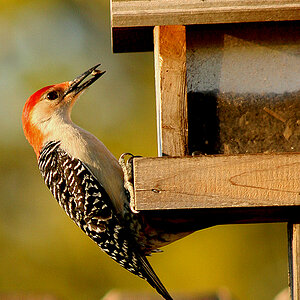
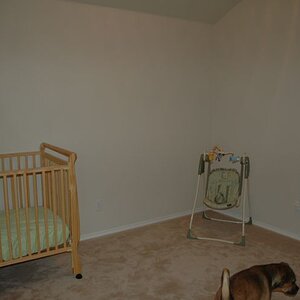
![[No title]](/data/xfmg/thumbnail/37/37603-739c5d9b541a083a12f2f30e45ca2b7b.jpg?1619738147)
